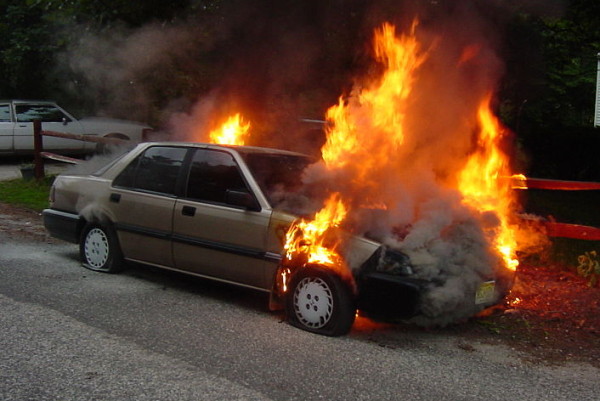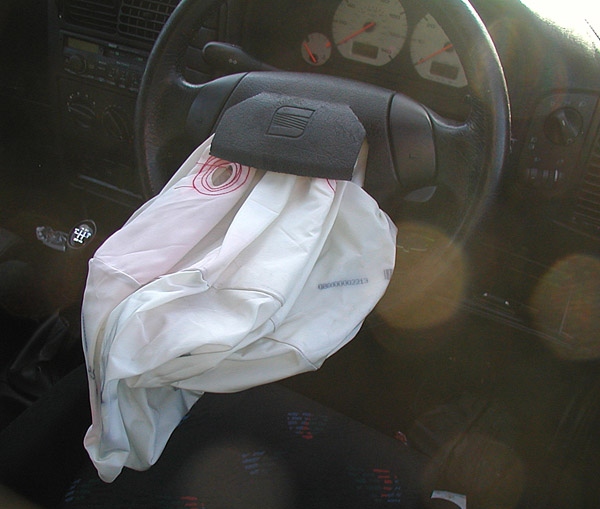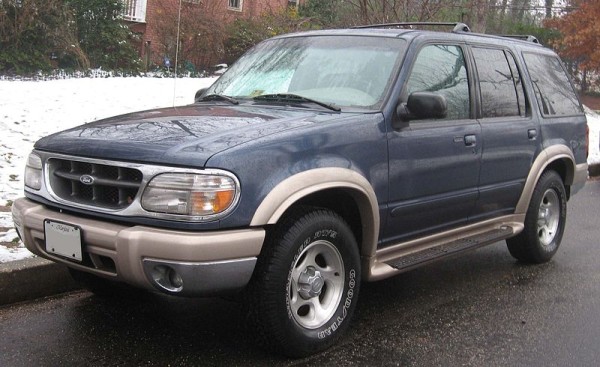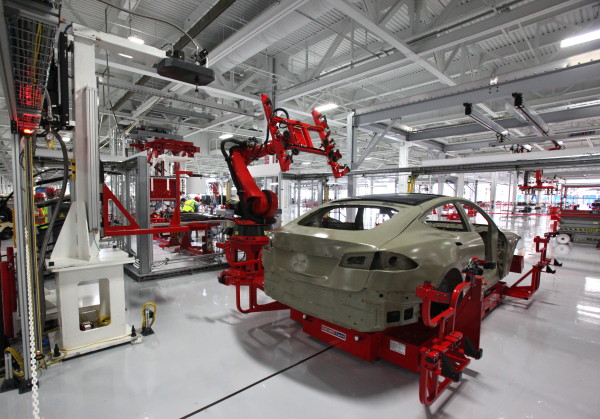Twenty years ago, most of us would have been more likely to associate product recall notices with novelty candles and cheap children’s toys than international brands. The dangers that these notices brought to our attention were minor – risk of damage to furniture, potentially loose parts, poor quality stitching – and you would usually only find them outside discount stores where the low quality of the goods was almost part of the appeal. No-one was surprised. No-one was in any “real” danger.
Fast forward to April 2014. In the first 4 months of the year VW have recalled 2.6 million cars because of fuel leaks, GM have recalled 3.1 million cars after a component was linked to 12 deaths and Toyota are issuing the latest in their seemingly unending run of recalls, this time to replace 35,000 seat springs.
What could be causing this sudden rise in the number or car manufactures issuing recalls on their products? Are manufactures getting slack?
While there is certainly an element of carelessness associated with every product that has to be recalled (why not just get it right the first time?), the true reason that car manufactures are issuing more recalls now than ever before inspires a little more confidence: they are simply being much more careful.
This change in attitude can be traced back to Toyota’s sticky gas pedal incident. Apart from having to recall over four million cars, Toyota also received a record breaking $1.2 billion fine, was subject to criminal charges for “misleading the National Highway Traffic Safety Administration” and had the tricky task of managing the PR fallout of a brand that had effectively just killed 34 people.
Since then, vehicle manufactures are realising that total transparency and immediate action are imperative if they want to avoid making the same mistakes that Toyota did in 2009. As a result, the quantity and profile of vehicle recalls has hit an all time high.
Here we take a look at two of the most interesting examples of vehicle recalls from the last decade and ask, were they avoidable?
Honda – The Explosive Airbag
In perhaps one of the most shocking product recalls to ever hit the motoring industry, Honda were forced to recall over half a million cars when it was discovered that the airbag systems were causing grievous harm to passengers who had been involved in otherwise minor crashes.
High explosive pyrotechnic systems are used to inflate airbags in a matter of microseconds, but a faulty batch sent by Takata Corp and installed into hundreds of thousands of cars were unstable, capable of blasting shrapnel and hot gasses into the driver’s face. This fault resulted in a number of bloody and tragic fatalities.
It is difficult to say if this incident could have been avoided, but Honda have laid the blame for the incident on their airbag supplier, Takata Corp, who it claims used active ingredients that had been exposed to too much moisture. This moisture caused the explosive wafers inside the mechanism to crumble, and the resulting chunks ignited much quicker and more violently than they would normally.
This incident is a good example of the risks involved in outsourcing cars parts to multiple businesses across the world, many of whom will then outsource again, creating complicated layers of manufacture which are difficult to control.
Ford – The Spontaneously Combusting Switch
Whereas the Honda defect was notable because of its horrifying outcome, Ford’s most famous recall achieved notoriety because of its reach – affecting 14 million vehicles and causing over 500 fires.
The problem? A simple switch, no bigger than a stack of coins.
This switch is designed to turn off the cruise control once the driver applies pressure to the brake, but over time many of these switches have broken and started to leak. This fluid leak can lead to overheating, smoking and, in some cases, fire.
What makes this especially dangerous (yes, more dangerous than a car that spontaneously catches fire) is the fact that the vehicle doesn’t even have to be on for this fluid to ignite. Car fires that have started while the car has been parked close to homes or inside garages have been the main cause of deaths related to the faulty cruise control switch.
As you can imagine, this was highly embarrassing for Ford and the company that made the part in question, Texas Instruments. So much so in fact that the press release issued by Ford, which advised owners of seven different Ford product lines to avoid parking their vehicles near their homes, is pointed to by some as the motoring industry’s lowest point. But was this incident avoidable?
Most commenters attribute the problem not to faulty parts, but the way the part was positioned within the engine. Located just above the brake master cylinder on most ford models, the component was regularly exposed to dripping brake fluids and other environmental contaminants. These contaminants degrade the film that protects the switch and allows particles to enter the permanently energised component. This in turn leads to overheating and, thanks to the brake fluid, fire.
The decision to keep this component permanently energised; the decision to place the component near the brake master cylinder; and the decision to make the casing out of plastic rather than ceramic, were all made by Ford. While this isn’t to say that ford are to blame, this was definitely an avoidable recall, and one that will still be hurting Ford’s reputation for many years to come.
What is being done about major recalls?
Vehicle manufactures are becoming more reactive to potential faults with their products and are more likely than ever before to quickly address issues and initiate recalls.
However, this doesn’t mean that recalls are less likely to happen. Hundreds of thousands of parts are used to make a car, some as large as a door panel and some as small as a 5mm screw. All of these parts have separate sources, manufacturing processes and potential issues. As a result, a large part of the process is out of the final manufacturer’s hands.
Despite this unavoidable truth, car manufactures are making great efforts to utilise technology in their quest to make cars safer. One example of this is Honda’s latest road safety technology, which includes cameras, sensors and sophisticated on-board computers, and is being offered to consumers at close to cost price. Meanwhile, Nissan are making a great effort to include their high end safety technologies, such as augmented reality heads up displays, across their whole range.
The takeaway from all this? Buy with confidence. Car manufactures are more aware of their supply chain now than ever before, but keep an ear open for product recall notices – they might just save you a whole lot of heartache.
Read more: The 25 Biggest Automotive Product Recalls



